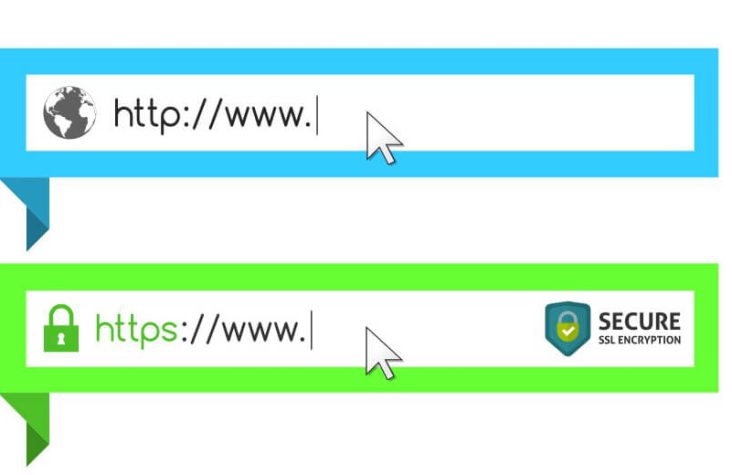What is HTTP, HTTPS, and www?
Within the intricate web of digital communication, where information flows seamlessly across the vast expanse of the Internet, three enigmatic entities hold sway: HTTP, HTTPS, and www. Let us embark upon a journey of enlightenment, delving into the depths of their essence, and unraveling the tapestry of their significance.
HTTP, an abbreviation resonating with Hypertext Transfer Protocol, lies at the very heart of website data transfer. This protocol, akin to a conductor orchestrating a symphony, facilitates the seamless flow of information between servers and browsers. In the present era, HTTP has become an integral part of our digital lives, automatically woven into the fabric of every browsing experience. As we embark upon the quest to visit a website, we enter its domain into our browser, and behold! The pages unfurl before our eyes, replete with hypertextual wonders. The data that we perceive on these web pages, meticulously presented through various browsers, undergoes a journey, traversing from the server to the browser. This transfer of data adheres to a set of rules, aptly named protocols, wherein HTTP plays a pivotal role, guiding the transfer of information with finesse.
Yet, within the realm of HTTP, a beacon of security arises – HTTPS, the Hypertext Transfer Protocol Secure. In this enhanced iteration, the letter “S” assumes great significance, denoting the paramount importance of security. HTTPS revolutionizes the exchange of data by enveloping every facet of communication between your browser and the server in an impervious cloak of encryption. Through this fortification, the transmission of data becomes a fortress, impervious to the prying eyes of hackers and malevolent third parties. As information traverses the digital realm in its encrypted form, those who seek to gain unauthorized access find themselves confounded, unable to decipher the intricate tapestry of data being exchanged. For a more in-depth exploration of the significance of SSL (Secure Sockets Layer) in the realm of HTTPS, I invite you to peruse another blog dedicated to this subject.
In the symphony of web addresses, we encounter another three-letter entity – www, the abbreviation of “World Wide Web.” When a URL is preceded by this trifecta of characters, it signifies the boundless expanse of the web. The World Wide Web serves as a vast repository, housing websites from every corner of the globe, connecting people, ideas, and information in a harmonious tapestry of digital interconnectedness.
The origin of the World Wide Web can be traced back to the brilliant mind of Tim Berners-Lee, a visionary British scientist who unveiled this remarkable creation in 1989 while working at CERN. Originally conceived as a means to facilitate automated information sharing among scientists at universities and research institutes worldwide, the Web soon transcended its humble beginnings, becoming a gateway to the digital universe we know today.
As we contemplate the intricacies of HTTP, HTTPS, and www, let us embrace their interconnected nature. They are the building blocks of the digital landscape, enabling the seamless exchange of information, fortifying our data against external threats, and uniting us within the vast expanse of the World Wide Web. So, let us forge ahead, armed with knowledge, and navigate the ever-evolving realm of digital communication with confidence and understanding.



